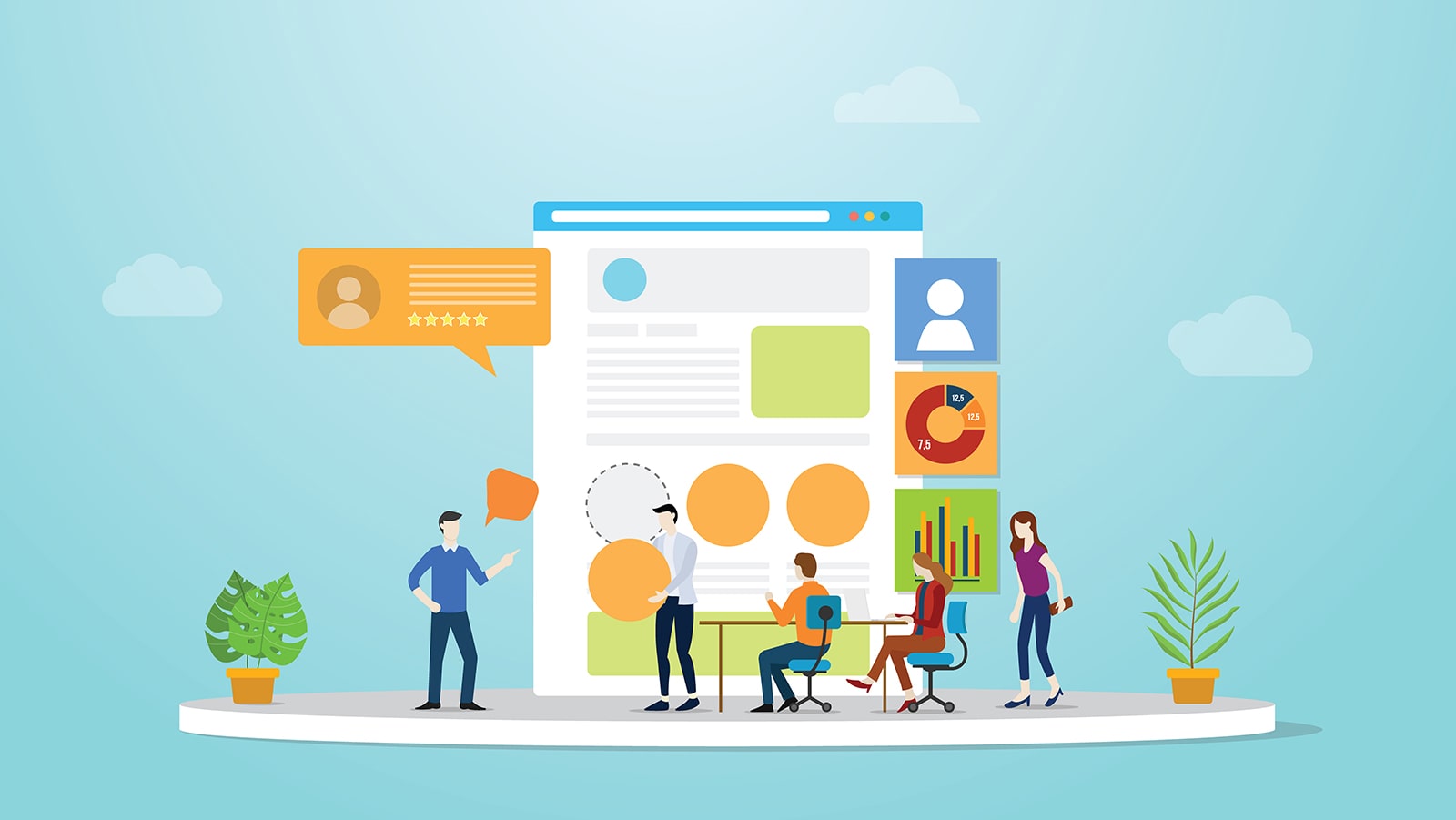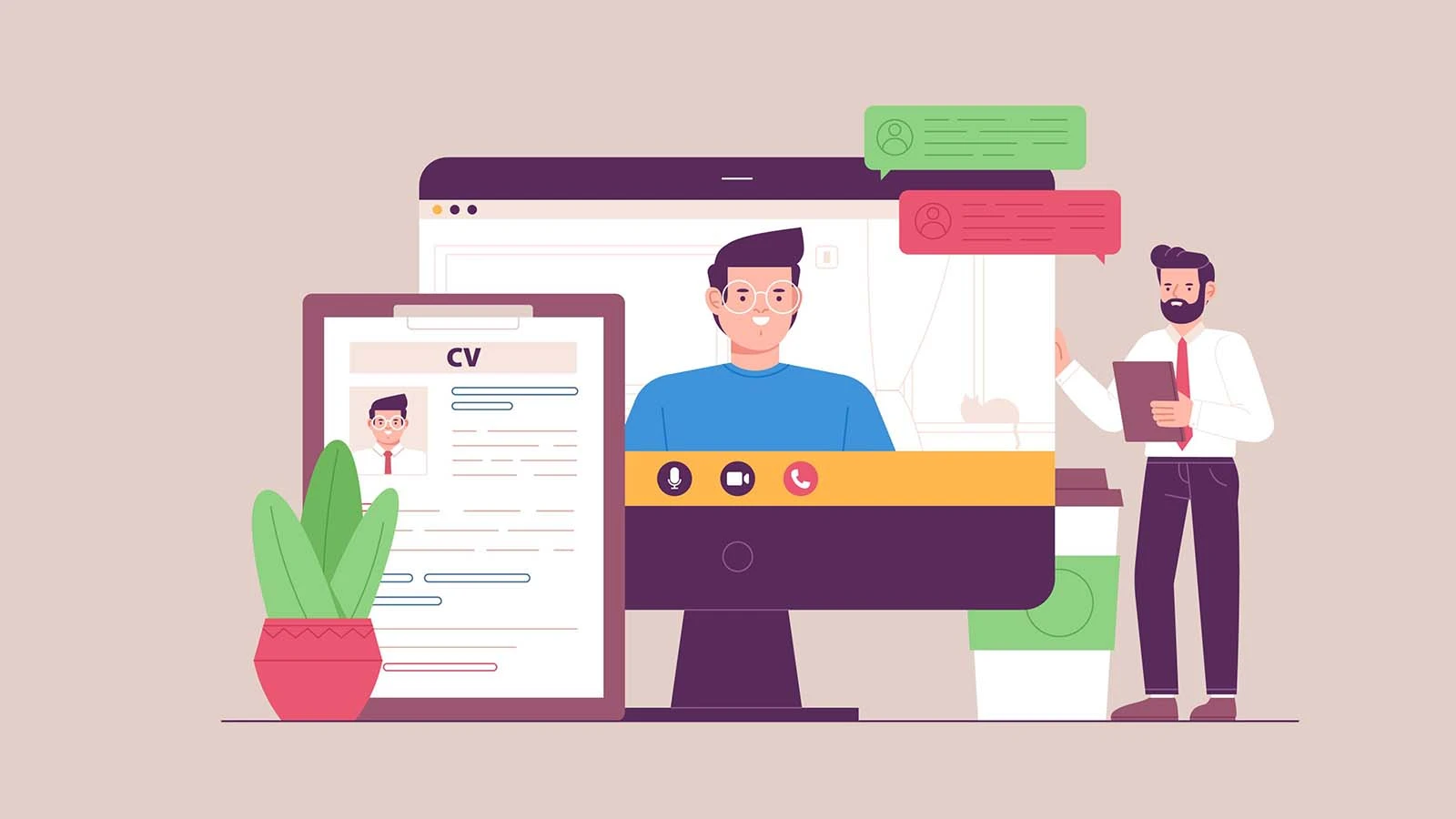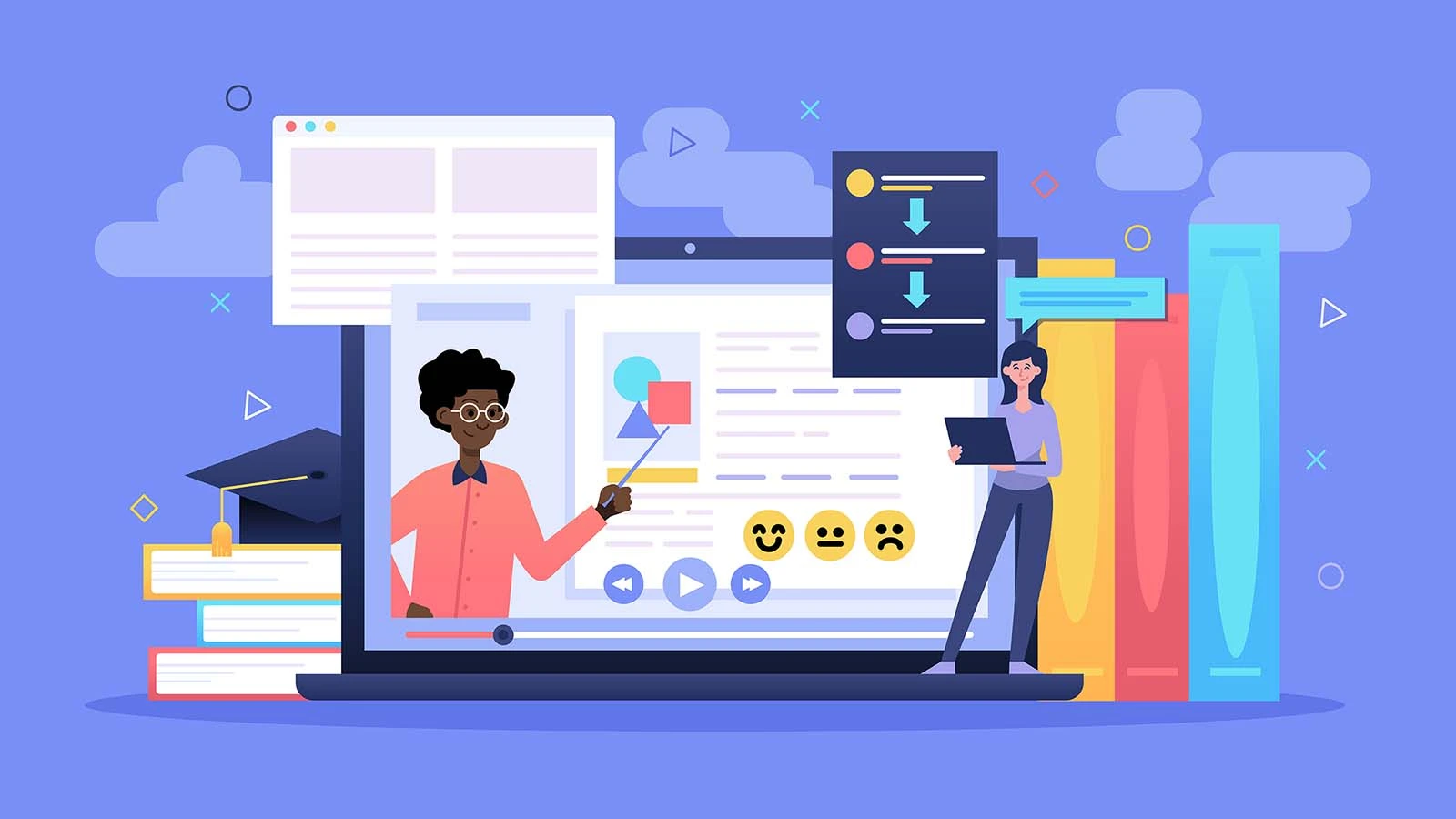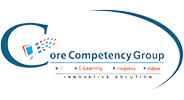LMS Migration: Everything You Need to Know
Rohit Kumar
11 Mar, 2024
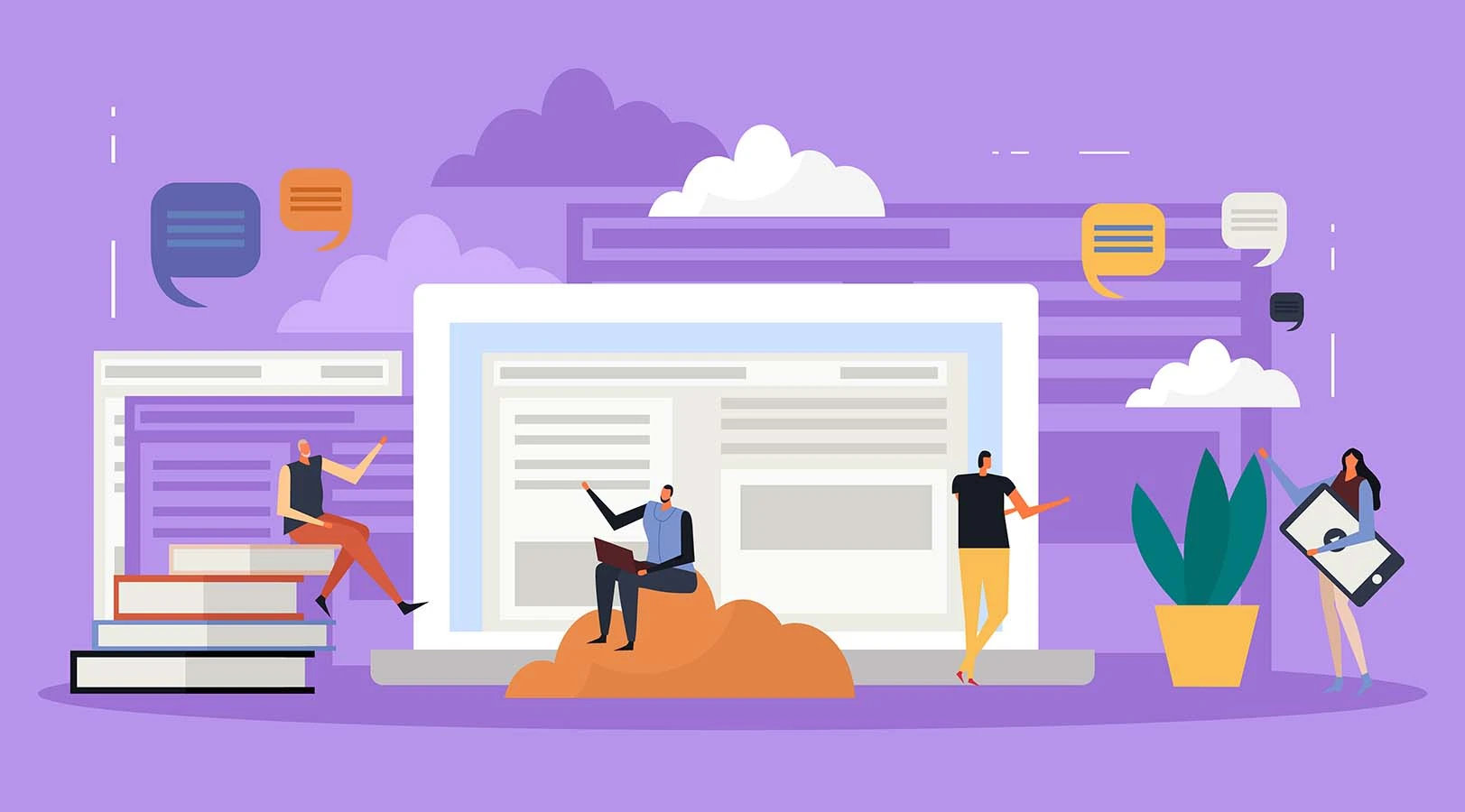
In today's fast-paced corporate world, adapting and growing is paramount. Learning Management Systems (LMS) stand at the heart of this dynamic, serving as the backbone for corporate training and development. Yet, as the landscape of digital learning evolves, so does the need for systems that can keep pace with the changing demands of a global workforce. Enter the concept of LMS migration, a strategic move that many of the world's leading companies are considering or actively undertaking.
LMS migration is a deliberate step toward harnessing newer, more efficient technologies that promise to revolutionize how businesses train their employees. This process involves moving from an existing LMS to a new one, which can significantly impact an organization's ability to deliver effective and engaging training programs. The reasons for making such a move are as varied as the companies themselves, ranging from the need for better user experience and enhanced functionalities to the desire for more cost-effective solutions and scalable platforms.
However, before you kickstart the migration, understanding the ins and outs of the process is critical. It ensures the migration aligns with the company's broader learning objectives and strategic goals. The journey from deciding to migrate to successfully implementing a new LMS is complex, requiring careful planning, stakeholder engagement, and a clear vision of the desired outcomes.
As we delve deeper into LMS migration, we'll explore the driving forces behind the decision to migrate, the steps involved in preparing
for and executing a successful transition, and the best practices that can help ensure a smooth and glitch-free migration. Whether your organization is just beginning to consider LMS migration or is already amid this transformative journey, the insights and guidance provided here will be invaluable.
Why Migrate Your LMS?
Companies do not take the decision to migrate to a Learning Management System (LMS) lightly. It represents a significant shift, often driven by a deep-seated recognition that the status quo no longer serves the organization's evolving needs. Several core factors prompt businesses to embark on this journey, each pointing towards a desire for improvement and growth in their learning and development initiatives.
Firstly, many organizations find their current LMS platforms are outdated. Technology in the eLearning space moves rapidly, and systems that were cutting-edge a few years ago may now need to catch up, lacking in support for modern content formats, mobile learning, and advanced analytics. This technological stagnation can hinder the effectiveness of training programs and the overall learning experience.
Secondly, the quest for enhanced features and functionalities is a common motivator. Today's workforce expects a learning experience that is informative, engaging, and accessible. Companies seek LMS solutions that offer interactive content, personalized learning paths, robust reporting tools, and more. These features enable learners to engage with the material meaningfully and allow organizations to track progress and accurately measure the impact of their training programs.
Cost and efficiency also play crucial roles in the decision to migrate. Maintaining an outdated or inefficient LMS can be costly, with companies often facing high operational costs and a poor return on investment. A new LMS can offer more cost-effective solutions, reducing administrative burdens and streamlining the delivery of training programs.
Lastly, scalability and flexibility are critical considerations. As organizations grow and change, their LMS must adapt to their evolving needs. Whether it's expanding the user base, integrating with new tools and systems, or supporting new types of learning, a scalable and flexible LMS ensures that companies can continue to deliver high-quality training without being constrained by technology.
Preparing for LMS Migration
Embarking on an LMS migration requires meticulous planning and preparation. It's akin to laying the groundwork for a building: The stronger the foundation, the more resilient and effective the structure. Here are essential steps organizations should take to prepare for a seamless LMS migration:
Conduct a Thorough Assessment of Your Current LMS
-
Identify Strengths and Weaknesses: Understand what aspects of your current LMS are beneficial and which are lacking.
-
Gather Feedback: Collect insights from users, including learners, instructors, and administrators, to understand their experiences and needs.
Define Your Learning Objectives and Requirements
-
Set Clear Goals: Determine your goals with the new LMS, such as improved learner engagement or more efficient training delivery.
-
List Essential Features: Based on your objectives, compile a list of must-have features for the new LMS.
Engage Stakeholders Early in the Process
-
Form a Cross-Functional Team: Include representatives from HR, IT, L&D, and other relevant departments to ensure all perspectives are considered.
-
Communicate the Vision: Share the reasons for the migration and the expected benefits with all stakeholders to build support and excitement.
Evaluate Your Content and Data
-
Review Existing Content: Determine which materials should be migrated, updated, or archived.
-
Understand Data Migration Needs: Identify the data types that need to be transferred, such as user profiles, learning records, and course completions.
Choose the Right Migration Partner
-
Research Potential Vendors: Look for an LMS provider with a strong track record in successful migrations.
-
Ask About Support Services: Ensure the vendor offers comprehensive support during and after migration.
Develop a Detailed Migration Plan
-
Create a Timeline: Establish a practical timeline for the migration, including key milestones and deadlines.
-
Plan for Training and Support: Organize training sessions for users and administrators to familiarize them with the new system.
Test Before Going Live
-
Pilot the New LMS: Run a pilot program with a select group of users to identify any issues and gather feedback.
-
Make Necessary Adjustments: Use the insights from the pilot to fine-tune the system before the full rollout.
By following these steps, organizations can ensure they are well-prepared for LMS migration. This preparation will facilitate a smoother transition and help maximize the new system's benefits, ensuring it meets the evolving needs of learners and the organization as a whole.
Choosing the Right LMS
Selecting the right Learning Management System (LMS) is a pivotal decision that shapes the future of learning and development within an organization. This choice impacts the effectiveness of training programs and the overall user experience for learners and administrators alike. Here are vital considerations to help you pick the right LMS for your organization:
Understand Your Learning Needs
-
Identify Specific Requirements: Pinpoint the unique needs of your organization, including types of training (e.g., compliance, onboarding, continuous learning) and specific functionalities (e.g., mobile access, offline learning).
-
Consider Your Audience: Think about the needs of your learners, including their tech savviness, learning preferences, and accessibility requirements.
Evaluate LMS Features
-
Core Functionalities: Look for essential features such as content management, user management, tracking and reporting, assessment tools, and certification capabilities.
-
Advanced Features: You may also require advanced functionalities like gamification, social learning, personalized learning paths, and integration capabilities with other systems.
Assess Scalability and Flexibility
-
Growth Support: Choose an LMS that can grow with your company, accommodating increasing users and more complex training programs without significant additional costs.
-
Customization: Ensure the LMS allows customization to match your branding and can be tailored to fit your specific training workflows and processes.
Check for Integration Capabilities
-
Compatibility: The LMS should integrate with your existing software ecosystem, including HR systems, CRM platforms, and collaboration tools, to streamline workflows and data synchronization.
Consider User Experience
-
Ease of Use: A user-friendly interface for learners and administrators is crucial to ensure high adoption rates and minimize the need for extensive training.
-
Support and Training: Look for vendors offering robust support and training resources to help you maximize the LMS.
Review Vendor Reputation and Support
-
Vendor Stability: Research the vendor's track record and stability in the market to ensure they will be a reliable business partner for the long term.
-
Customer Support: Assess the level of support provided, including availability, responsiveness, and access to resources like tutorials, forums, and documentation.
Plan for the Future
-
Innovation and Updates: Choose a vendor that invests in ongoing development and regularly updates the LMS with new features and improvements.
-
Feedback Loop: Ensure there is a mechanism to provide feedback to the vendor and request new features or enhancements.
By carefully considering these factors, organizations can select an LMS that meets their current training needs and supports their future growth and evolution. The suitable LMS will be a powerful tool in your learning and development arsenal, enabling you to deliver impactful training programs that engage learners and drive organizational success.
The Migration Process
The migration process from one Learning Management System (LMS) to another is a critical phase that demands careful planning and execution. It's a journey that involves moving data, adapting to new functionalities, and ensuring that all stakeholders are on board and ready for the transition. Here's a step-by-step guide to navigating the migration process effectively:
Data Preparation and Cleanup
-
Audit Existing Content: Review and catalog your current LMS content. Decide what will be moved, what needs updating, and what can be archived.
-
Clean Data: Remove outdated or irrelevant user accounts and course materials. This step ensures that only necessary and accurate data is migrated to the new system.
Plan the Migration
-
Develop a Detailed Plan: Outline the migration process, including timelines, responsibilities, and specific tasks. Ensure every facet of the migration is covered, from data transfer to user training.
-
Communicate the Plan: Share the migration plan with all stakeholders, including timelines and expected impact on their roles. Transparency is critical to managing expectations and minimizing disruptions.
Choose the Right Tools and Partners
-
Select Migration Tools: Depending on your data's complexity and your new LMS's capabilities, you may need specialized tools or services to facilitate the migration.
-
Partner with Experts: Consider working with the new LMS provider or external consultants who specialize in LMS migrations to leverage their expertise and resources.
Conduct a Pilot Migration
-
Test with a Small Group: Before fully migrating, run a pilot with a select group of users and a limited amount of content. That allows you to identify any issues in a controlled environment.
-
Gather Feedback: Use the pilot to collect feedback on the new system from learners and administrators. Make adjustments based on this feedback.
Execute the Migration
-
Migrate Data: Begin the process of transferring data to the new LMS. That may involve several stages, including moving user profiles, course content, and historical data.
-
Monitor Progress: Keep a close eye on the migration process, addressing any issues as they arise. Regular updates to stakeholders can help manage expectations during this phase.
Post-Migration Activities
-
Verify Data Integrity: Once the migration is complete, verify that all data has been accurately transferred and that the new LMS functions as expected.
-
Train Users: Provide comprehensive training for all users on how to navigate and utilize the new system effectively. Include support resources to assist users in adapting to the new platform.
-
Solicit Ongoing Feedback: After the migration, continue gathering user feedback. That will help you identify additional adjustments and ensure the LMS meets the organization's needs.
Evaluate and Optimize
-
Review the Migration: After the new LMS is in use, evaluate the migration process to identify what went well and could be improved. This evaluation can provide valuable insights for future technology transitions.
-
Continuous Improvement: Use the insights learned from the migration and ongoing user feedback to continuously improve the LMS and the learning experience it provides.
By following these steps, organizations can ensure a smooth and successful migration to a new LMS. This process involves the technical transfer of data and requires attention to the human aspects of change management, ensuring that all users are supported and engaged throughout the transition.
Best Practices for a Smooth Transition
Ensuring a smooth transition during an LMS migration is crucial for maintaining the integrity of your learning programs and minimizing disruption to learners. Drawing from years of experience and best practices observed across industries, here are key strategies to facilitate a seamless shift to your new Learning Management System:
Engage Stakeholders Early
-
Involve Key Players: Bring in representatives from all user groups, including learners, instructors, and administrators, early in the planning stage to gather input and build buy-in.
-
Clear Communication: Keep all stakeholders informed about the migration timeline, what to expect, and how it will benefit them.
Maintain a User-Centric Approach
-
Prioritize User Experience: Ensure the new LMS is intuitive and user-friendly. A positive user experience is vital for adoption and long-term success.
-
Provide Adequate Training: Offer comprehensive training sessions for all users tailored to their specific roles within the LMS. Include resources like manuals, FAQs, and video tutorials.
Ensure Data Integrity
-
Conduct Thorough Testing: Before going live, rigorously test the new system to ensure all data has been accurately migrated and all functionalities are working as expected.
-
Prepare for Contingencies: Have a rollback plan if significant issues arise during migration.
Foster Continuous Support
-
Offer Ongoing Support: Establish a support system to assist users with questions or issues navigating the new LMS. That could include a help desk, online forums, or dedicated support staff.
-
Solicit Feedback: Ask users to give feedback on their experience with the new system. This feedback is invaluable for making iterative improvements.
Monitor and Optimize
-
Track Adoption Rates: Monitor how users are engaging with the new LMS. Low engagement may indicate areas where additional training or support is needed.
-
Evaluate System Performance: Regularly assess the new LMS for any technical issues or areas for improvement. Stay in communication with your LMS provider to address these issues promptly.
Celebrate Milestones
-
Recognize Achievements: Acknowledge milestones and successes during the migration process. Celebrating these achievements can boost morale and reinforce the positive aspects of the transition.
By adhering to these best practices, companies can ensure a smooth and effective transition to a new LMS. The key lies in thorough planning, effective communication, and a commitment to supporting users throughout the process. With the right approach, an LMS migration can lead to enhanced learning experiences, improved operational efficiency, and a platform that supports the organization's evolving needs.
As we conclude our exploration of LMS migration, it's clear that this process is a strategic move toward enhancing an organization's learning and development landscape. With its two decades of experience, Core Competency stands ready to guide companies through this transformative journey. Offering a suite of competency management products and LMS solutions, Core Competency specializes in boosting employee performance through precise assessment, targeted training, and insightful analytics.
The journey to a new LMS is paved with challenges and opportunities for growth and improvement. The key lies in careful planning, engaging stakeholders, prioritizing user experience, and choosing the right partner for migration.
Core Competency's commitment to innovation, client-first approach, and cutting-edge technologies make it an ideal partner for organizations looking to navigate the complexities of LMS migration. Whether through our robust and scalable SCORM-compliant LMS, comprehensive e-learning development services, or our wide range of products designed to empower organizations, Core Competency is equipped to support companies in achieving their learning and development goals.
For more information on how Core Competency can assist in your LMS migration journey and to explore our well-established range of products and services, visit corecompetency.net
Assessment of Behavioural Core Competencies
For example, students struggling with a particular concept could be provided with additional resources or assigned to a different module via the e-learning and learning management system.
Read Blog